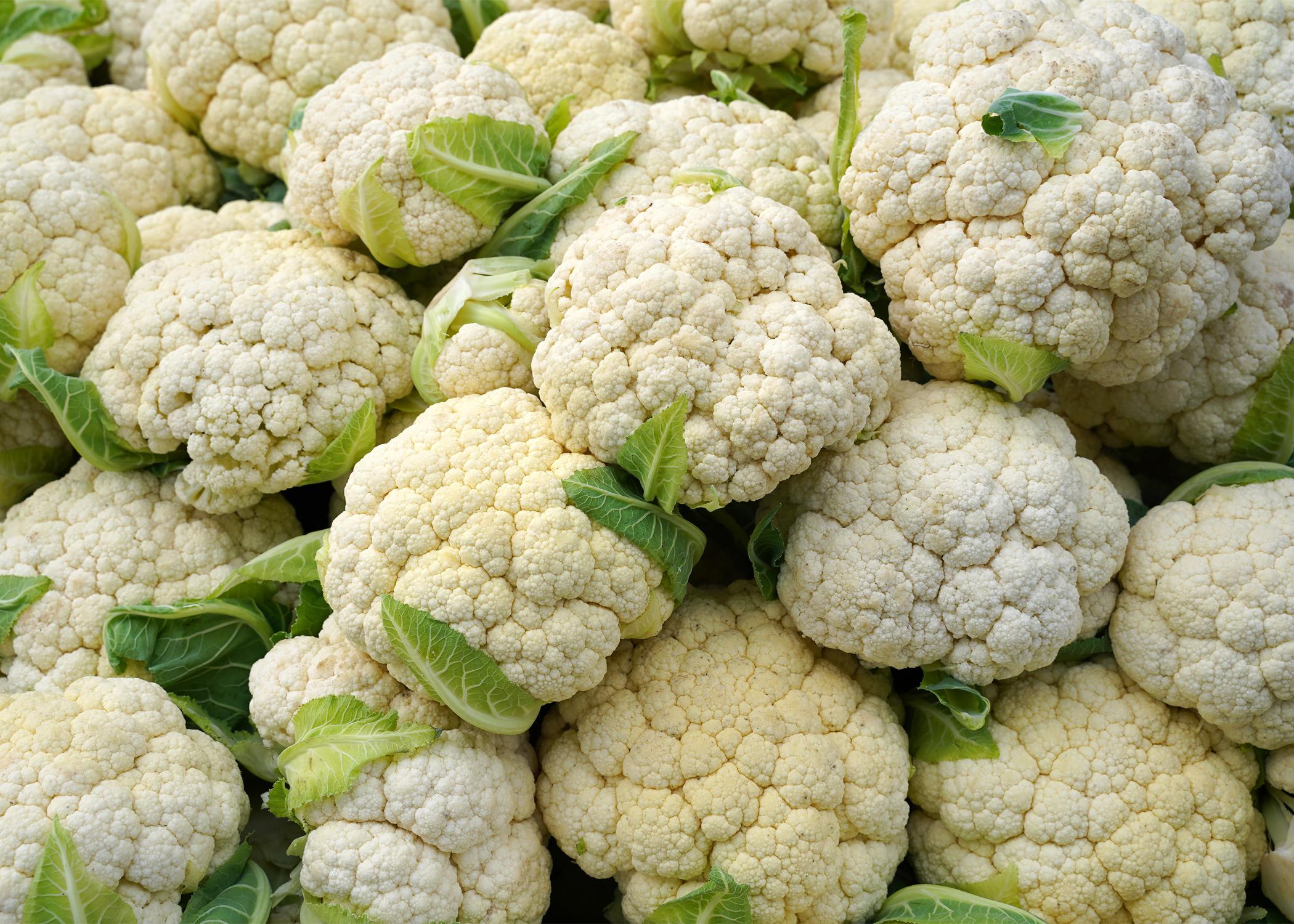How to Use the Nutrition Facts Label

The Nutrition Facts label on food packaging is the best way to determine if certain foods meet your nutritional goals. Photo by StockPhotoPro/stock.adobe.com
That box of granola bars looks nutritious, and it may be. But do you know how to tell for sure if certain foods on the grocery store shelf fit into your daily diet?
The best way to determine if certain foods will help you meet your nutrition goals is to check the Nutrition Facts label on the packaging.
Learning how to read the Nutrition Facts label can help you make more informed decisions about what foods will make it into your grocery cart.
The four main parts of the Nutrition Facts label are serving information, calories, nutrients, and the percent daily value.
- Serving information tells you what the serving size is and how many servings are in each product. This number reflects how much people typically eat or drink of this food and helps you understand how many calories, nutrients, and other elements you are consuming. Ask yourself how much you are eating at one time. Is it one serving, less than one serving, or multiple servings?
- The calories section helps you understand how much energy you get from one serving of a particular food. The Nutrition Facts label is based on the consumption of 2,000 calories per day. However, your calorie needs will vary depending on your age, gender, height, weight, and physical activity level. For a healthy weight, you should balance the calories you eat with the calories you use every day. How many calories do you need? Find out using the U.S. Department of Agriculture’s MyPlate Plan calculator. https://www.myplate.gov/myplate-plan
- Nutrient information can help you determine whether a food will provide more of the nutrients you need. These include dietary fiber, vitamin D, calcium, iron, and potassium. Watch out for nutrients that may be associated with adverse health effects, including saturated fat, sodium, and added sugars.
- The percent daily value (%DV) tells you how much of a nutrient is in a serving of the food and how much it contributes to a person’s total daily diet, based on a 2,000-calorie diet.
How do you know if an item is high or low in a certain nutrient? Look at the %DV. Daily value is considered low if it is 5% or less per serving and high if it is 20% or more per serving.
For more information about using and understanding the Nutrition Facts label, visit the U.S. Food and Drug Administration’s website.
Subscribe to Extension for Real Life
Fill in the information below to receive a weekly update of our blog posts.









